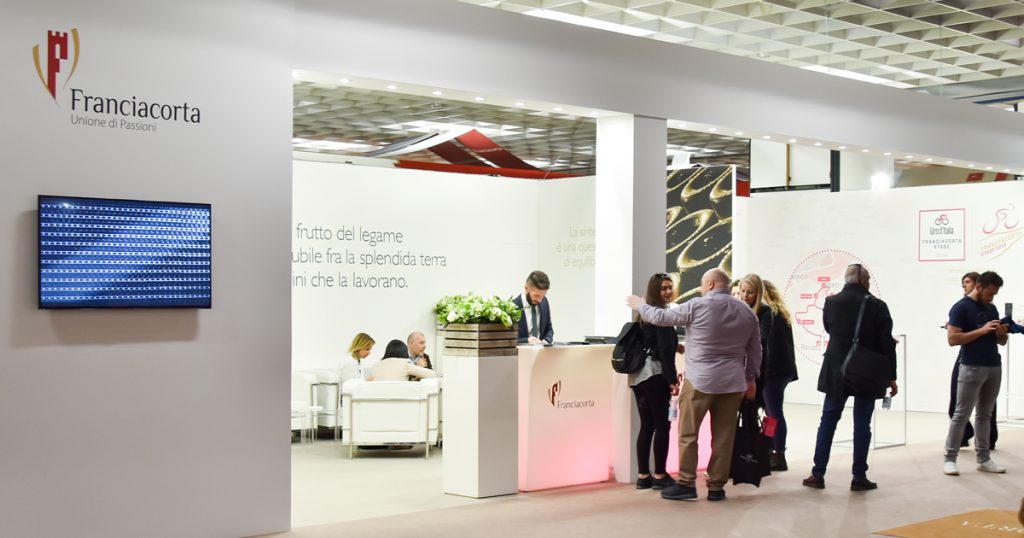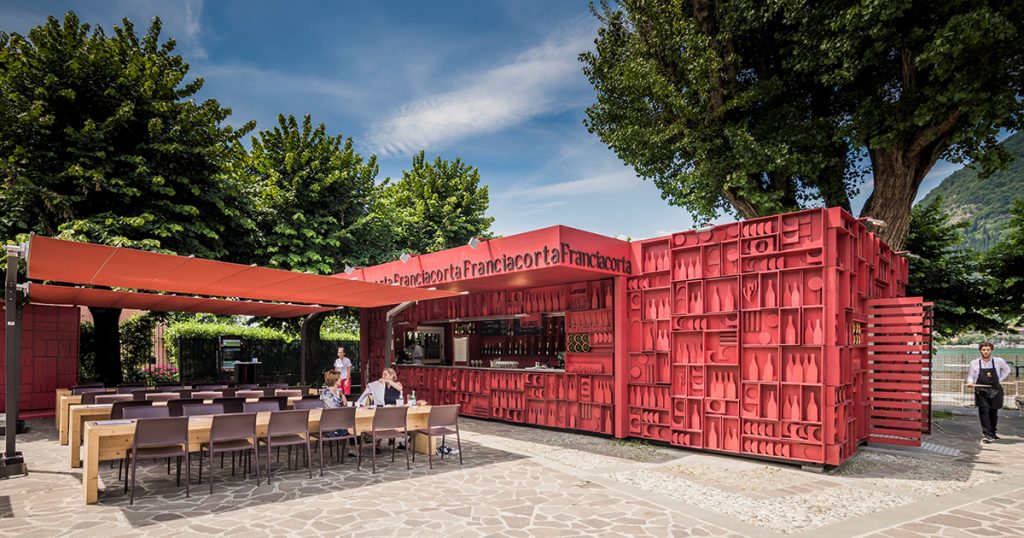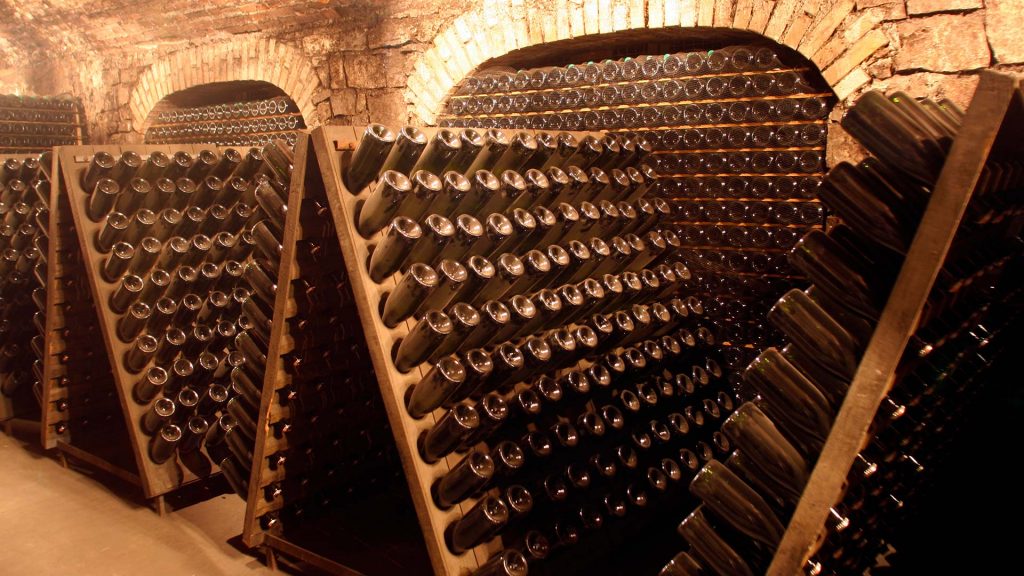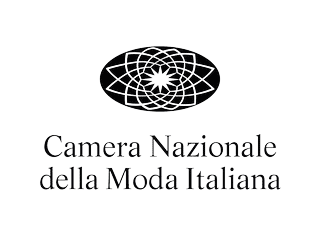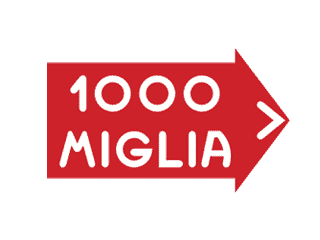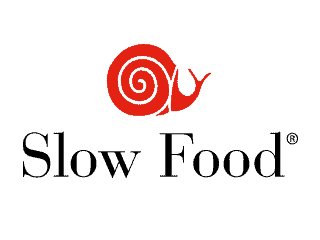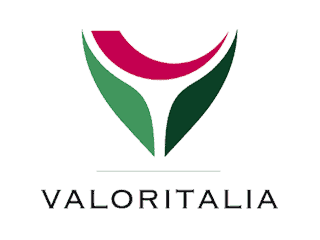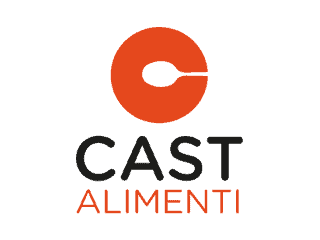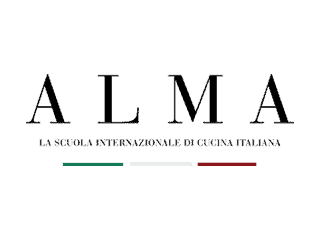A question of numbers
In 2011 the Franciacorta Consortium became the first winemaking sector body to provide specific data gathered by its member producers via the Economic Observatory, a data surveying and statistical analysis system regarding Franciacorta sales and distribution in Italy and around the world.
The system covered 83.6% of member firms in December 2024 and is based on data gathered in anonymous form, giving its members access to ongoing statistical information on sales and marketing helping them to identify business strategies and compare company and sector-wide trends.
Access to Economic Observatory data is also a strategic asset where consortium investment allocation is concerned as well as helping the consortium develop targeted Franciacorta brand promotion strategies.
Franciacorta in figures
Sales volume — 2024
(Estimated against company totals; sample of firms taking part in the economic observatory: 83.6%)
Sales volume Italy/Abroad — 2024
◉ Estero
◉ Italia
(Estimated against company totals; sample of firms taking part in the economic observatory: 83.6%)
Exports — 2024
(Volumes estimated against company totals; sample of firms taking part in the economic observatory: 83.6%)
Sales volume by type — 2024
(Volumes estimated against company totals; sample of firms taking part in the economic observatory: 83.6%)
Data analysis 2024
[Period of reference: January – December 2024. Estimated percentage of wineries covered on 31/12/2024 83.6%]
Methodological note:
The data contained in this document is an estimate of the total wineries belonging to the Consortium. This figure was calculated on the basis of the data supplied by the firms taking part in the economic observatory. Taking this sample as representative, coverage of participating firms is calculated every year (for example, 81.9% for 2022 and 82.4% for 2023) and all relative data is calculated as a percentage.
Summary of the previous year’s data (2023)
Taken as a whole, 2023 saw an estimated growth in sales volumes by all wineries of the equivalent of 19,521,741 bottles, slightly lower than 2022 figures (-3.4%).
For the purposes of a clearer understanding of the figures it is useful to verify whether, on a longer time frame, a growth trend is underway over the years immediately prior to 2022 or otherwise, including using pre-pandemic year 2019 as a benchmark and, in fact, in these terms 2023 was a decidedly positive year for sales (+11.2% in volumes).
Slightly lower sales volumes were accompanied by a much more positive trend in turnover terms, with higher growth rates (+2.8% over 2022, +26.5% over 2019) demonstrating that average sales prices grew constantly (+6.4% over 2022).
In greater detail, the domestic market accounted for 87.9% of sales in 2023, in volume terms, a reduction of 4.2%, over 2022 (+10.2% over 2019). Exports accounted for the remaining 12.1%, a growth rate of 1.5% over 2022 and +19.1% over 2019.
Lastly, at the end of 2023 it was clear that no interpretation of sales data could take place without a consideration of certain external factors which are extremely likely to have impacted negatively on sales, such as reduced product availability by certain wine estates and the year’s economic, social and climatic factors.
2024
Together with growing geopolitical uncertainties which inevitably impact on exports, these factors continued to make their mark throughout 2024, which closed with slightly lower sales volumes than 2023.
But turnover continued to perform better than volumes in 2024 too. This led to a further average price increase over 2023, confirming the brand’s solidity.
In detail, 2024 began with a downturn in volumes as compared to the same period in 2023, which was more tangible in January, June and August than in the other months. By contrast July and October 2024 showed higher sales volumes than the corresponding months of 2023.
Taken as a whole, 2024 saw an estimated growth in sales volumes by all wineries of the equivalent of 19,128,814 bottles, slightly lower than 2023 figures (-2.0%).
Turnover figures were down 1.4% and average prices grew 0.7%.
The market uncertainties cited above made referring to previous years necessary in 2024 as well. It is, in fact, interesting to note that end-of-year figures for 2024 showed very positive growth if compared to the pre-pandemic period.
As compared to 2019, 2024 showed a growth of 8.9% in volumes, 24.8% in turnover and 14.6% in average prices.
In greater detail, the domestic market accounted for 88% of sales in 2024, in volume terms, a reduction of 1.9% over 2023 (+8.1% over 2019). Exports accounted for the remaining 12%, 3.1% down on 2023 and 15.4% up on 2019.
Where sales channels are concerned a growth in large scale distribution networks and intermediaries (wholesalers, importers) took place. The HoReCa channel figures, which performed more positively last year, were lower in 2024, however.
The distribution of domestic sales by Nielsen area shows that the north-west of Italy accounted for just under half of domestic turnover (47.2%), with the rest being divided up between the north-east, the centre and the south, with the former accounting for the largest share (20.9%) and the latter two 19.7% and 12.2% respectively.
Lombardy was once again the number one region (35.7% of Italian sales), followed by Emilia Romagna (10.6%). Lazio was at the bottom of the table with 8.9% of sales.
If exports are analysed by individual nation, Switzerland came out on top, accounting for 22.1% of total exports, down 1.8% ( up 38.8% over 2019). The United States came next, accounting for 12.6% of total exports in 2024 (+3.3% over 2023 and +21.3% over 2019) and then Japan (10.8% of total exports, down 25.9% over 2023 and -29.7% over 2019), Germany (10.8% of total exports, -12.3% over 2023, -1.5% over 2019) and Belgium (4.9% of total exports, -8.6% over 2023, +12.7% over 2019).
The Japanese market – the primary pre-Covid foreign market – is showing signs of difficulty, including as a result of a rise in the value of the yen. However, in this part of the year, it is the positive performance of the Netherlands, Russian and Canadian markets which stands out, particular in sales volumes terms, however small these may currently be.
Globally, the average shelf price of an equivalent bottle of any type was €24.4 at the end of 2023.
At the end of December 2024 this went up to €24.5.

